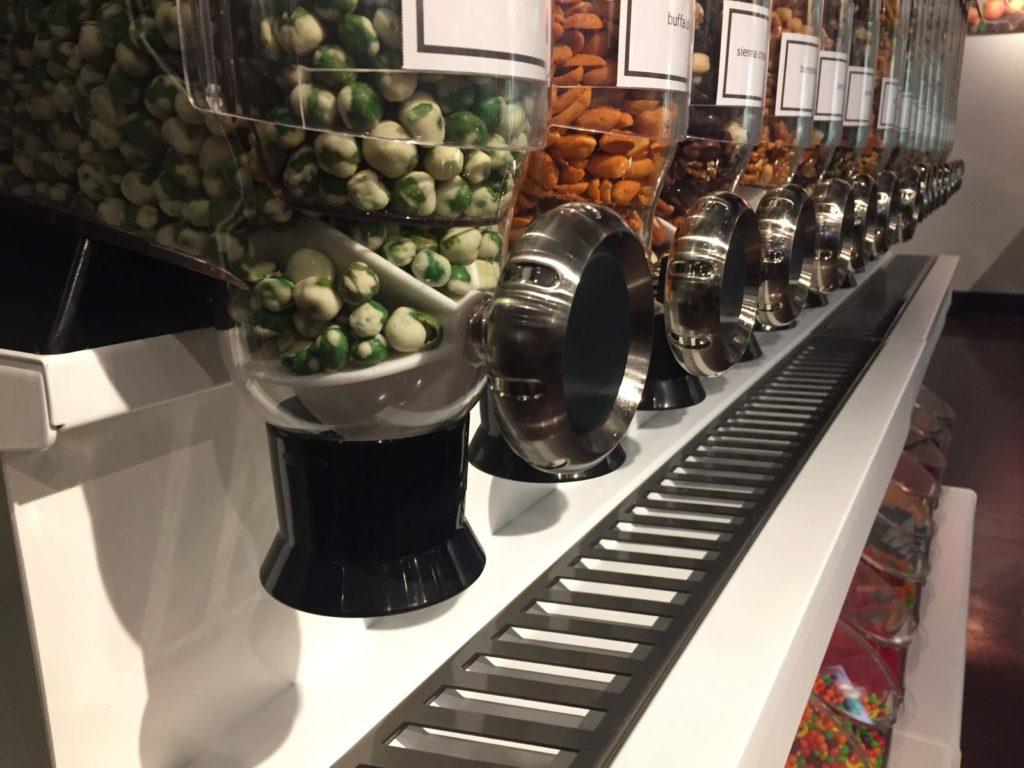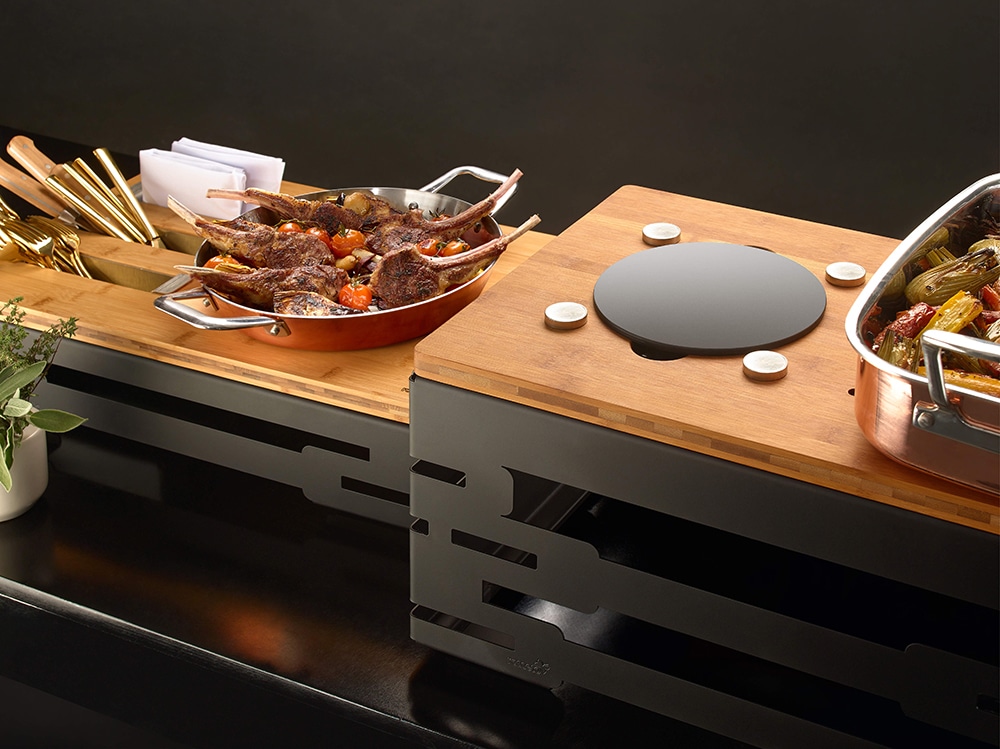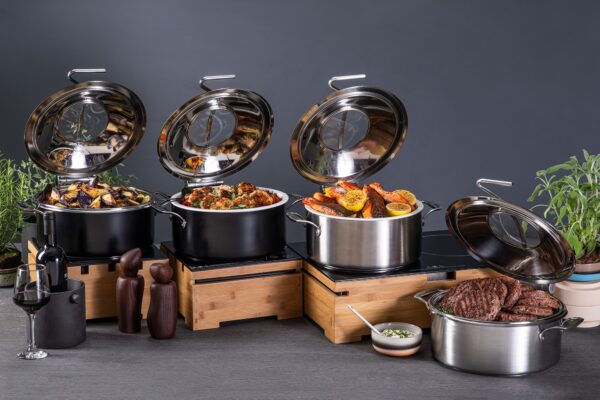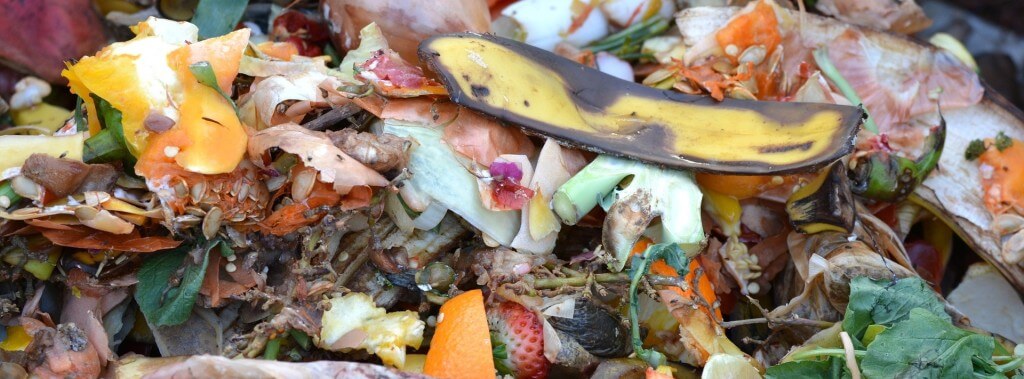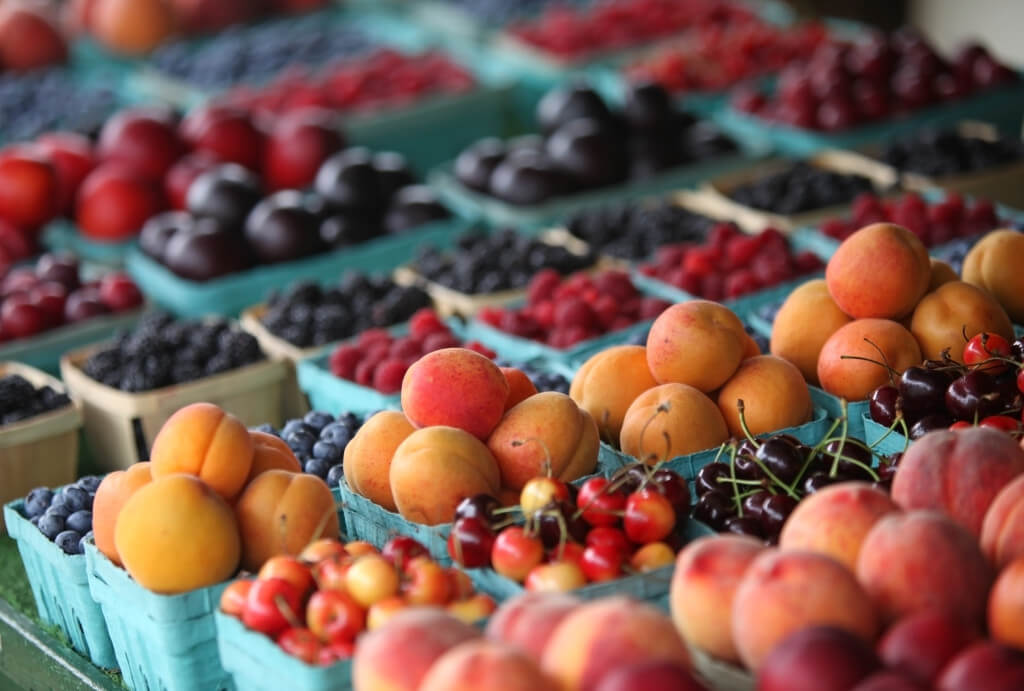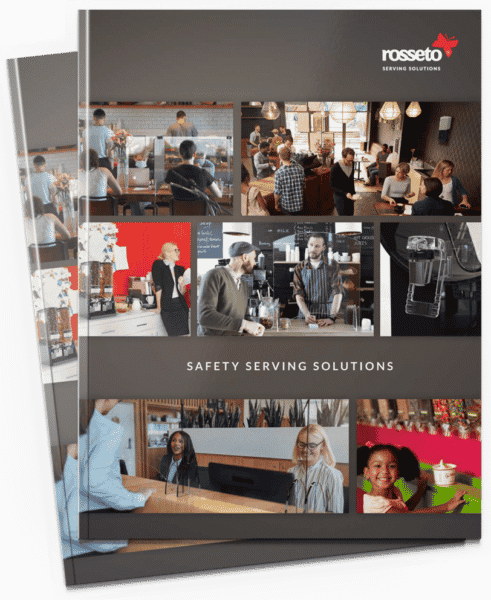The sights at convenience stores are familiar: Fresh food baking on hot grills in the back, a glass display of donuts and other pastries, rows of refrigerated foods and beverages, and aisles upon aisles of snacks.
A lot of that food, particularly the freshly baked goods and pastries, is no good after a day. So, just what happens to those foods?
According to the Natural Resources Defense Council, as much as 40 percent of food produced in the United States annually is thrown away untouched and uneaten. That adds up to $165 billion in wasted food. If you’re a convenience store owner or manager, it’s important to think about how these behaviors impact the planet and your store’s sustainability.
How Much Food Do C-Stores Waste?
Any type of food that is thrown away prematurely is considered waste. The USDA’s Economic Research Service has looked extensively into what food retailers throw out in a given year. (Its research excludes parts of food that shouldn’t be consumed, including peels, cores, seeds, shells and bones.) Here’s what c-stores are tossing:
- 8 percent of nuts they stock (0.2 billion pounds)
- 7 percent of eggs they stock (0.7 billion pounds)
- 5 percent of seafood they stock (0.4 billion pounds)
- 4 percent of poultry they stock (0.9 billion pounds)
- 4 percent of meat they stock (1.4 billion pounds)
- 11 percent of dairy they stock (9.3 billion pounds)
- 8 percent of vegetables they stock (7.0 billion pounds)
- 9 percent of fruit they stock (6.0 billion pounds)
- 12 percent of grains they stock (7.2 billion pounds)
Freshness, or a lack of freshness, isn’t the only reason this food gets thrown away. Sometimes, it’s for purely cosmetic reasons.
Kristofor Husted at Harvest Public Media found that shoppers are getting quite picky about the appearance of their food. “With consumers demanding large displays of unblemished, fresh produce or massive portion sizes, many grocery stores and restaurants end up tossing a mountain of perfectly edible food,” he says.
Husted tells the story of one Missouri shopper who was on the hunt for the perfect banana. If it was overripe, or brown and yellow, she didn’t want it. If it’s not quite ripe, or green, she didn’t want it, either.
That’s pretty common behavior, says Husted, who spoke to Hy-Vee store director Paul Hoppman. “It’s a fine line you’re walking, having the best fruit out there that is going to taste good to the customer but not breaking down yet,” Hoppman said. “So we’re always rotating (out the less desirable produce).”
Where Does All That Waste Go?
So, just where does all that food go after it’s tossed out? According to Mike Schiller at Scientific American, the answer is dire: Wasted food goes to the landfill.
“Once this food gets to the landfill, it then generates methane, a greenhouse gas 23 times as potent as carbon dioxide in trapping heat within our atmosphere,” Schiller says. He writes that the EPA found “landfills account for 35 percent of all methane emissions in the U.S — meaning that the sandwich you made and then didn’t eat yesterday is increasing your personal — and our collective — carbon footprint.”
Shelby Hartin at the Bangor Daily News spoke with Ryan Parker of the Natural Resources Council of Maine, who explains that uneaten food is also sometimes incinerated. Feeding America writes that “more food waste reaches landfills and incinerators than any other single material in municipal solid waste (MSW).”
Just for comparison’s sake, the EPA defines MSW as “everyday items we use and then throw away, such as product packaging, grass clippings, furniture, clothing, bottles, food scraps, newspapers, appliances, paint, and batteries. This comes from our homes, schools, hospitals, and businesses.”
Why Is It So Important for C-Stores to Be Sustainable?
A lot of items are classified as MSW, yet there’s still more food being thrown out every year than these natural items. C-store owners and managers should start moving toward sustainable practices for that reason and a multitude of others, including preserving the environment, saving money and keeping customers happy. Restaurants and grocery store managers should also follow suit to reduce the amount of food that’s unnecessarily wasted.
Otherwise, these problems will only get worse:
- We will emit more greenhouse gases — Researchers at World Resources Institute reiterate the harm of methane gas emissions generated from food waste in landfills. They found that in 2012, only road transportation generated more greenhouse gas emissions (10 percent) than food waste, which was not too far behind (8.2 percent). These emissions are primarily responsible for climate change.
- We will waste more crops — The Food and Agriculture Organization of the United Nations writes that crops are unnecessarily wasted in large quantities every year. The group’s research found that of the amount of food that’s discarded, 20 percent are oil seeds; nearly 50 percent are vegetables, fruits and root crops; and 30 percent are wheats and other cereal ingredients.
- Food prices will increase in other countries — Selina Juul at Think.Eat.Save. writes that food waste affects global food prices. She spoke to Anders Ladekarl, the Danish Red Cross’ Secretary General, who explained these reverberating effects: “The more we in the West consume (and the more we throw out), the greater global demand for food becomes — and the higher food prices rise globally.”
How Can C-Stores Become More Sustainable?
C-store managers and owners can enact sustainable waste management practices today. If more c-stores embrace these changes, that’s less food thrown away, less food that goes into landfills and less methane emitted. Here are some ways to get started:
- Composting — The EPA also recommends composting, which “produces a natural fertilizer, which can create healthier soil and reduce the need for synthetic fertilizers.”
- Waste management solutions — Companies such as Lincoln Waste Solutions in Bloomfield, Connecticut, offer waste management services such as waste audits, and connecting c-stores with recyclers and food waste haulers to ensure that food is disposed of in an environmentally friendly manner.
- Change perceptions of imperfect food — Gina-Marie Cheeseman at TriplePundit wrote about an organization called Imperfect Produce, which seeks to change the public perception that imperfect food is not as good as perfectly-shaped produce. Cheeseman writes that California grocery chain Raley’s Supermarkets linked up with Imperfect Produce to stock more veggies and fruits that aren’t quite picturesque. If more c-stores and grocery stores do this, customers may not mind produce imperfections.
Food Waste in the Future
If c-store owners and managers do their part to make their stores more sustainable, the practice may catch on, and other c-stores, restaurants, cafes and grocery stores may do the same. Eventually, as more people become aware of how detrimental it is to throw away perfectly good food, this bad habit may stop entirely.
images by:
Unsplash, Prylarer, Dennis, Ben_Kerckx, geralt

